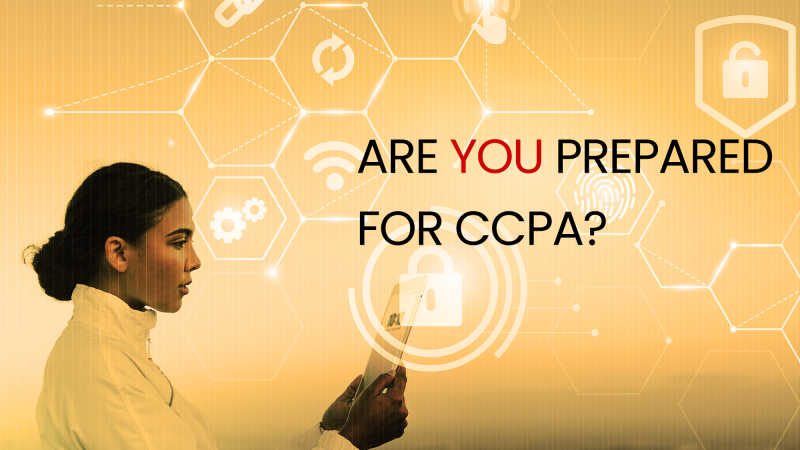This column was inspired by a discussion among the co-authors about the plethora of new technology tools, services, and applications that have been brought to market. We have all been familiar with some of the basic tools (some of us remember when electronic document comparisons of versions were considered new), but so many new options are coming on to the landscape that this review may be helpful. We are not going to talk about or recommend specific products to you, but resources are easy to find and consultants are available to assist as well.
Contract and Document Review
The underlying principles for this category are that a combination of human intelligence and computer programming or artificial intelligence can increase the quality and efficiency of our work. In substance, we are talking about algorithms and machine learning, which are instructions or rules that are carried out mechanically to produce a result. These tools can be used to analyze data and obtain information. The more the tool is used and “learns” from the user, the better it gets.
The tools that are available all essentially increase efficiency and improve results by extracting information from a set of data. This can be a single document or a set of documents. A user that wants to analyze a single contract may use such a tool to spot issues based on industry standards or an organization’s knowledge base and flag concepts. Providers of these tools are using lawyers as consultants to provide industry standard practices and contract terms. The use of a standardized set of information to automate the review of confidentiality or non-disclosure agreements is one example. An organization can use industry standards or establish its own desired standards for its agreements and use the tool to generate an exception report that identifies the variations between the reviewed agreement and its preferred standard clauses. Some tools have an interface for the user to prepare redlines from this report, and other tools automatically redline the agreement.
For more complex implementations, numerous options are available. Several products are available that claim to automate the process of due diligence in a transaction by extracting specific clauses from the information provided. A buyer of a business may want to identify each time the seller has entered into agreements that have specific concepts included. If the seller has agreed to keep customer information confidential or has agreed to exclusivity or non-compete clauses in its customer agreements, the buyer will want to know that in evaluating the transaction. These tools can help to identify the relevant terms for subsequent review.
In the mergers and acquisitions context, there are various applications that will allow you to compare a draft agreement (such as the buyer’s first draft of an asset purchase agreement) against a model agreement used by seller’s counsel or against the entire EDGAR database of such agreements. These market comparison tools allow the analysis, on an automated basis, of the first-round review of the draft agreement.
Storage and Access
It is now common for practitioners to use cloud services to store and allow third-party access to documents. Some of these are simple depositories that can be set up by the user while others can organize voluminous information. In the M&A context, the data room is common for most due diligence review activities. The services vary in the scope of the offering, the organizational tools, and the data security of the services or the applications. (Note that there will be more about the issue of security later.)
Document Assembly
Document assembly tools have been available for many years, but the sophistication of the tools is now such that documents can be assembled based on the users’ own templates or third-party sources. The firm or company can upload frequently used contracts to a cloud-based template bank that then organizes most frequently used concepts and prior examples—with the organization’s particular magic words—to assemble almost any legal document. Among the features being touted by some of these applications are processes that “interview” the user to identify the components appropriate for an agreement. A firm’s existing documents are transformed into reusable template sets that are easy-fill and signature ready.
Collaboration and Project Management
Most of us work in teams, and the need to work together has only become more difficult given the forced remote work that many have faced. Collaboration tools can be as simple as messaging or email based systems, but they can also utilize a process by which the members of the team can understand the status of the project, their role in the project, completed and upcoming tasks, and the ability to interface with other team members in a way that allows the entire team to benefit. These can be paired with project management tools that provide more than a closing checklist or Gantt chart with estimated timelines for completion. Users are able to plan, track, and manage any project from start to finish, maintaining productivity from anywhere. The tools give the team a comprehensive view of the project status and integrate seamlessly with calendars, document repositories, video conferencing application, payment services, marketing tools, and social media sites.
Closing Processes
Those of us that are of a certain age will remember when a “closing” actually took place in a large conference room with all the parties assembled and signing multiple copies of each document. It has been many years since most lawyers have had that experience, but online and electronic closings are now the norm. The processes can be as simple as each party’s counsel holding the signature pages and then “releasing” them to the other party to consummate the deal. However, online closing rooms take the concept of the closing room and completely digitize the entire experience. Excessive paperwork and administrative tasks have been replaced with secure document storage, easy collaboration, and digital signature management. The closing process is automated and controlled electronically, managing all aspects of the deal, from term sheet to closing book.
Knowledge Management
Knowledge management is probably one of the most difficult activities but potentially one of the most beneficial. The concepts behind knowledge management are not new, but implementation remains elusive to many. Lawyers create thousands of documents. Although they are stored, they are not always categorized for repurposing. Common examples of prior work ripe for meaningful management include brief banks, contract review playbooks, and bodies of legal research. A knowledge management system will organize, contextualize, and assign a profile to these precedent documents, so that they will be easily searchable and filterable.
Corporate law departments can probably benefit the most from capturing the experience and knowledge of an organization in a way that allows the next user to increase efficiency and quality by accessing that experience. This will often be advertised as a way to leverage the prior work and templates for the next deal or agreement.
Costs
Some of these tools that can be seen as industry disrupters can be expensive. However, many are available on a more affordable basis, including pricing that is based on a per user-per month model, enterprise model, or even a per transaction fee. They are worth exploring, and cost should not be your primary hesitation. As with all of these tools, the upfront investment of time will yield improvements in processes and get the most out of your investment.
Ethics and Professional Responsibility
Michigan is one of the majority of states that require technology competency to comply with our professional responsibility obligations. Communication, collaboration, document management, practice management, and eDiscovery tools are so widely used that most practitioners would consider them to be reasonably necessary. Some of the tools discussed above may be the next to be essential for your practice, whether because of your ethical obligations or the demands of your clients.
A very important point that needs to be made is that the use of technology tools is not a replacement for legal judgement. A tool may highlight an issue, but it is up to the lawyer to evaluate the appropriateness of the red fl ag or recommended clause. A second but still very important issue is the confidentiality of client information. If you use a cloud-based system or other tools, and client information is stored external to your systems, it is incumbent on the lawyer to ensure that the data is secure and that no unauthorized access occurs. Some of the “free” tools available in the marketplace do not meet these standards. Even if the application is run within your organizations own technology infrastructure, information needs to be secure and protected. Sometimes, you get what you pay for.

Michael S. Khoury is a partner in the Detroit office of FisherBroyles, LLP, and specializes in business, technology transactions, privacy and data security and international law. He is a past Chair of the State Bar of Michigan Business and Information Technology Law Sections.

Patrice Asimakis is an attorney and the Director of Legal Services for Legalese Solutions, an alternative legal service provider, offering innovative support with compliance solutions, legal research, contract review and lifecycle management, on-demand legal operations and litigation management. She is a graduate of the University of Michigan and Michigan State University College of Law and practiced litigation and corporate law before becoming a resource for lawyers.
* This article appeared under Technology Corner By Michael S. Khoury and Patrice Asimakis in the Michigan Business Law Journal.





